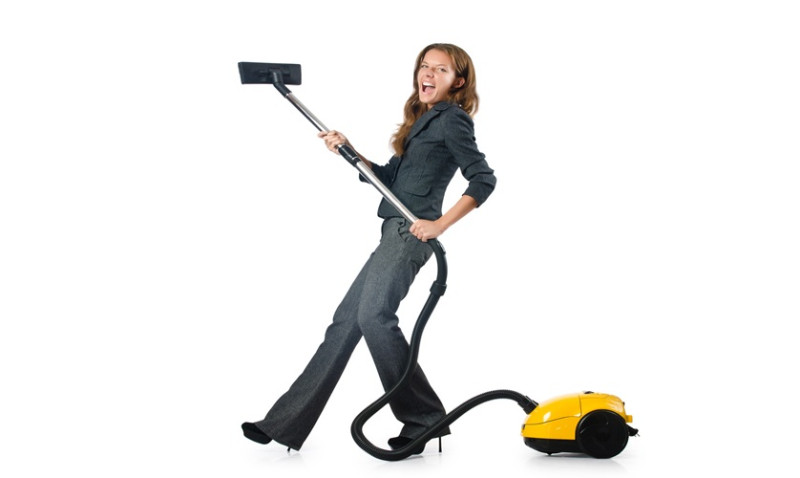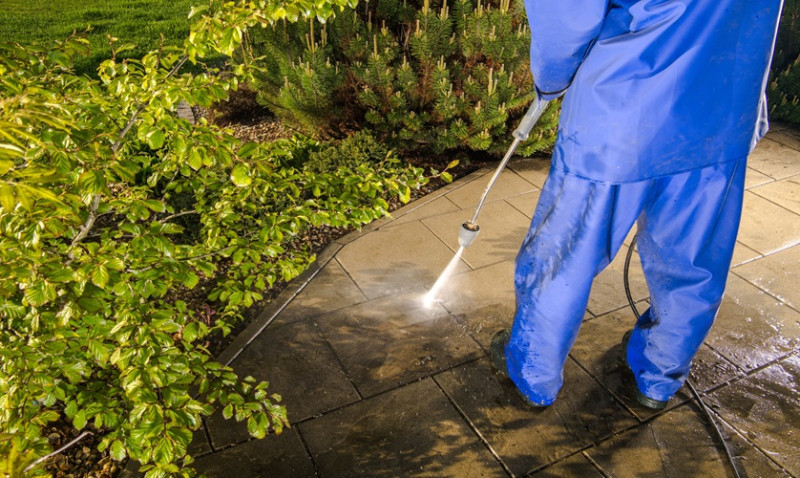
Buying a vacuum might seem like a simple task, but when you're standing in the aisle staring at rows of upright, canister, cordless, and robot models — all promising spotless floors and “game-changing” features — it becomes overwhelming. Especially for UK homeowners, where housing layouts, flooring types, and storage space vary significantly, choosing the wrong vacuum could mean poor performance or constant frustration. Whether you're a DIY enthusiast revamping your home, a young professional tackling your first flat, or a tradesperson looking for practical cleaning tools, these four essential vacuum buying rules will guide you to the best purchase.
1. Know Your Floor Types and Match Accordingly
Your choice of vacuum must reflect the surfaces of your home. Not all vacuums clean equally well across different flooring types, and using the wrong one might even damage your floors or be completely ineffective. In the UK, it's common to find a mix of hardwood, laminate, tile, and carpet — and each needs a different kind of tool.
If you’ve got thick carpeting in lounges or bedrooms, look for vacuums with a powered motorised brush roll, which digs deep into the fibres lifting embedded dirt. Dysons and Miele uprights are ideal for this job. However, those same rotating brush bars could scratch sensitive wooden or vinyl floors. For homes with hard flooring, a vacuum with a soft roller or hard floor attachment performs better and avoids surface damage.
For mixed-surface homes — which is typical in UK terrace properties or modern flats — consider a model with adjustable brush roll settings or auto-sensing floor adjustments. That way, you switch effortlessly between surfaces without changing equipment.
Also, don’t forget the rug dilemma — some vacuums can literally suck lightweight rugs off the floor, making for a frustrating experience. Make sure it has a suction control option, or variable power dial, to adapt to more delicate surfaces.
2. Size and Storage Space Matter
Let’s be honest — not every UK home is blessed with ample storage. Narrow under-stair cupboards, cramped utility rooms and tight hallways are the norm. That’s why the physical size and storage configuration of your vacuum cleaner matter just as much as its power.
Large upright vacuums may be powerful, but they can also be cumbersome. They may not fit neatly into modern flats or compact cottages. If storage is limited, consider a slim stick vacuum or even a wall-mounted dock system — these have become increasingly popular in city flats and smaller homes.
Canister vacuums are often more versatile and easier to store under a counter or in a cupboard as their heads disconnect from the main unit. They’re great for people who want power without the bulk. Remember to check the hose length and whether the vacuum folds or compacts easily — essential for taking up less cupboard space.
If you're a tradesperson or professional with cleaning equipment in a van or workshop, a wet & dry shop vac might be better. While chunkier, they are designed to survive tough environments and can double up as sawdust and debris removers. For these models, make sure to check out companion accessories for easier storage and mobility.
3. Pick the Right Power Source for Your Lifestyle
Corded vacuums are reliable powerhouses, but cordless models offer fast, convenient clean-ups — especially popular with young professionals or families needing quick action between Zoom meetings and school runs. Your lifestyle should guide your decision here.
Cordless vacuums are ideal for anyone who values speed, ease of movement, and isn't vacuuming huge floor areas. However, battery life remains an issue. Cheaper models may only give you 20–30 minutes of run time, while premium models now reach up to 60 minutes with swappable batteries. Great for stairs, cars, and awkward corners, cordless vacuum cleaners work well in flats, modern townhouses, and homes with limited cable outlets.
But a cordless vacuum might not suit you if you live in a large Victorian property or one with thick carpets throughout — especially with kids or pets. For these, corded vacuums offer consistent high suction power, unlimited run time, and better all-over deep cleaning. You don’t want the battery dying mid-deep clean!
Don’t forget plug compatibility, too. Most UK plug sockets are in awkward spots, so check out the cord length before buying. A 9-metre cord is common and will handle most mid-size UK homes with just a few socket switches.
4. Don’t Ignore Filters & Maintenance Requirements
One of the most overlooked aspects of vacuum buying — and one that could affect the health of your home — is the filtration system. Especially for allergy sufferers, pet owners, or anyone living in a city like London with high pollution levels, efficient filters are a must.
HEPA filters are the gold standard, capturing particles as small as 0.3 microns — including pollen, dust mites and pet dander. If someone in your home suffers from respiratory issues or allergies, always opt for a vacuum with a genuine HEPA filter (not "HEPA-like"). Look for statements like “cleansed air returned,” as that means less redistribution of dirt while cleaning.
Also consider whether the vacuum is bagged or bagless. Bagged models are typically more hygienic when it comes to dust disposal — a major plus for allergy-sensitive households — but incur regular ongoing costs for replacement bags.
Bagless vacuums are popular due to ease of emptying with less waste, but they do require frequent cleaning of the dust container and filters to maintain suction power over time. Some newer models now feature self-cleaning filters or provide reminders for maintenance, making life easier in the long run.
As a rule of thumb, always check maintenance needs. How often will you be washing filters or clearing blockages? Are spare parts readily available in the UK? If you're a busy professional or design enthusiast who’d rather spend weekends styling your home than unclogging a bin, consider models with advanced filtration and self-maintaining technologies.
Quick Comparison Table: Choosing the Best Vacuum Type
| Vacuum Type | Best For | Pros | Cons |
|---|---|---|---|
| Upright | Thick carpets, open floor plans | Powerful suction, wide cleaning path | Heavy, less manoeuvrable around furniture |
| Canister | Mixed floors, stairs | Flexible, quieter, easier to store | More parts to assemble/disassemble |
| Cordless Stick | Small homes, quick clean-ups | Lightweight, portable, easy storage | Limited battery life, lower power |
| Robot Vacuum | Maintaining cleanliness daily | Automated cleaning, programmable | Ineffective on thicker carpets or corners |
| Wet & Dry / Shop Vac | Workshops, garages, renovations | Handles solids/liquids, very robust | Bulky, not ideal for everyday home use |
Final Thoughts
Your vacuum cleaner might not be the most glamorous home purchase, but choosing the right one can make daily life smoother and cleaner — after all, dirt doesn't stop at the door. By following these four buying rules — understanding your floor types, matching to your storage space, choosing the correct power source, and prioritising maintenance and filters — you empower yourself to choose a vacuum that won’t just be effective today, but for years to come.
If you're in the UK and planning your next home refresh, renovation, or professional job site clean-up, don't overlook this hardworking appliance. Get it right, and it's a cleaner, healthier, stress-free home for you and your family. Get it wrong, and you might be turning to the broom again — or worse, replacing it in just a year.







